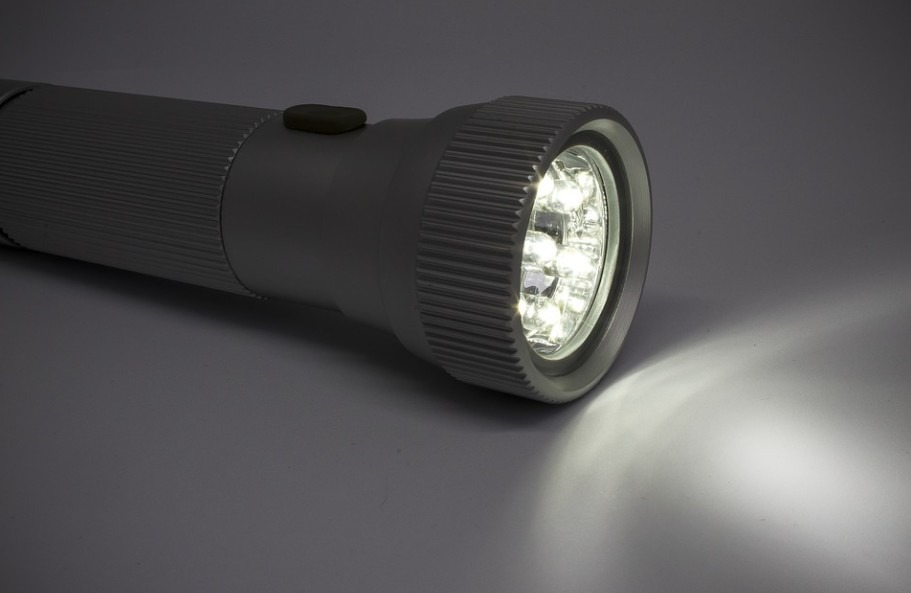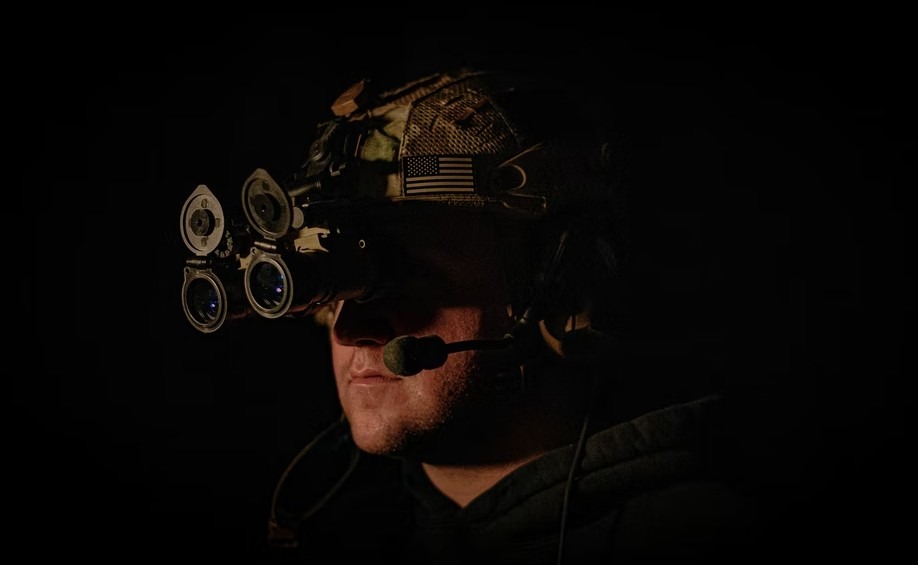What State Has the Least Tornadoes in the U.S.?

Tornadoes can be unpredictable, destructive, and downright terrifying—especially if you live in a high-risk area. Whether you're considering a move or simply curious about weather safety, you might be wondering: What state has the least tornadoes in the U.S.?
In this article, we’ll explore the states with the lowest tornado activity, what factors help keep them safe, and why they might be ideal for those looking to avoid severe storms.
Tornado Statistics in the United States
Tornado activity varies widely across the U.S., with some states experiencing very few twisters each year.
According to data from the National Weather Service, Alaska ranks as the state with the fewest tornadoes—only four have been recorded since 1950. Rhode Island also sees minimal activity, averaging just 0.2 tornadoes per year, making it one of the safest states when it comes to twister risk.
Hawaii isn’t tornado-free, but it’s far from a hotspot. Since 1950, the state has reported 42 tornadoes, with the most recent significant event occurring in April 2015.
Vermont experiences an average of 0.6 tornadoes annually, with no tornado-related fatalities on record.
Delaware sees about one tornado per year, and most are relatively weak, typically rated F2 or lower on the Fujita scale.
These statistics underscore the significant variation in tornado frequency across the country—and point to regions where these destructive storms are a rare occurrence.
Analyzing Tornado Activity in Alaska
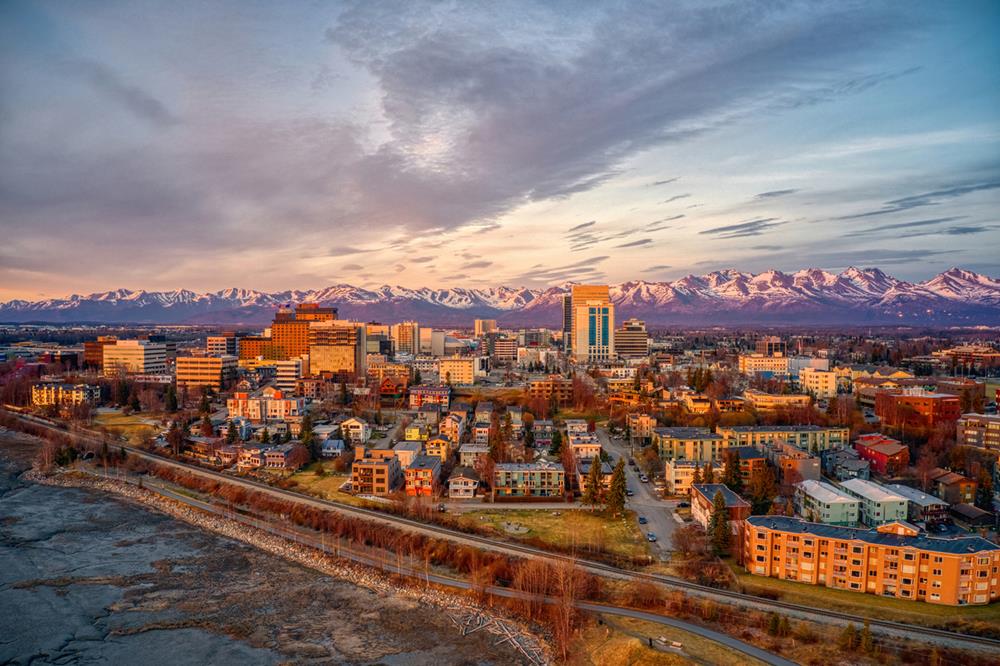
Despite being known for harsh weather, Alaska has the lowest tornado activity in the United States, with only four recorded tornadoes since 1950. Its frigid climate and unique geography make it highly unfavorable for tornado development.
The state averages fewer than one tornado per year, making the risk virtually negligible compared to the rest of the country.
Key factors behind Alaska’s low tornado activity:
Cold Climate – Tornadoes typically require warm, moist air; Alaska’s colder atmosphere doesn’t support these conditions.
Remote, Rugged Terrain – The vast, mountainous landscape reduces the likelihood of tornado formation and detection.
Unique Geography – Alaska’s topography lacks the flat plains commonly associated with tornado development.
Sparse Tornado History – The most recent tornado occurred in August 2005, underscoring how rare these events are.
Negligible Annual Activity – Statistically, Alaska sees almost no tornadoes each year.
For those seeking to avoid tornado-prone areas, Alaska stands out as the safest state in the U.S. in terms of tornado risk.
Factors Contributing to Low Tornado Occurrence
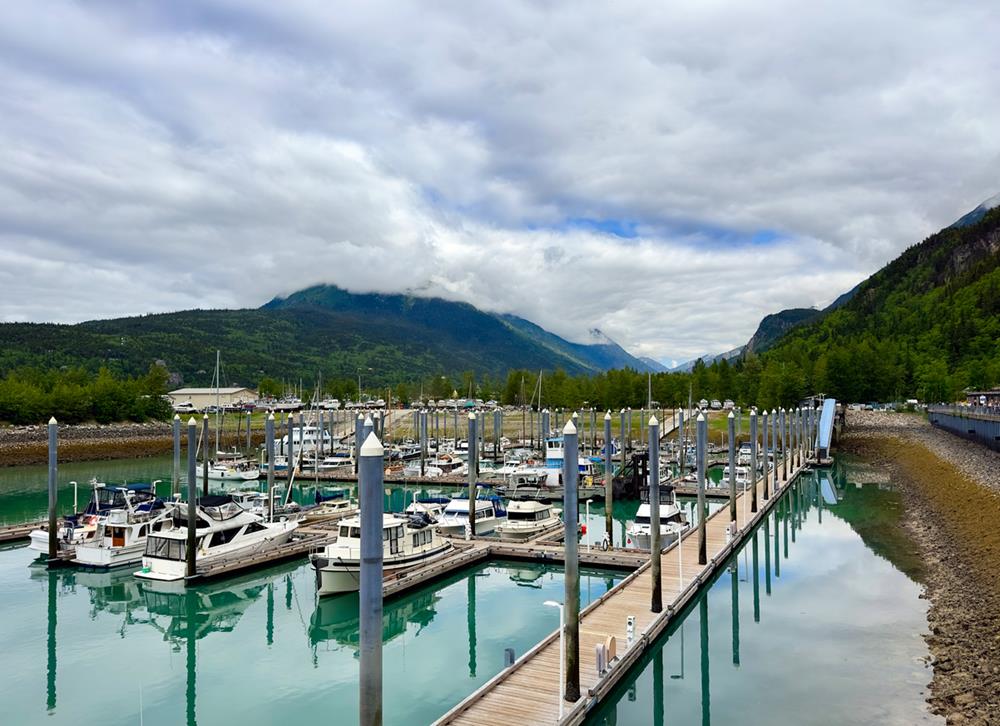
Several factors help explain why some U.S. states experience far fewer tornadoes than others. Climate, geography, and historical patterns all play a role in reducing tornado risk.
Alaska tops the list, with only four recorded tornadoes since 1950. Its cold climate and rugged terrain are not conducive to the warm, unstable air needed for tornado formation.
Hawaii, while tropical, has only reported 42 tornadoes since 1950. Its island geography and oceanic surroundings limit the conditions necessary for tornado development.
Rhode Island and Vermont average just 0.2 and 0.6 tornadoes per year, respectively. Their northern locations and relatively stable weather patterns make them less prone to severe storms.
Delaware sees about one tornado annually, most of which are weak and far less destructive than those in tornado-prone areas like the Midwest.
Together, these climatic and geographic factors explain why these states consistently rank among the lowest in tornado frequency across the U.S.
Comparing Tornado Frequency Across States
Why do some states experience far fewer tornadoes than others? The answer lies largely in geography, climate, and atmospheric conditions. Certain states simply lack the environmental triggers needed for tornado formation.
If you're looking for areas with minimal tornado activity, consider these low-risk states:
| State | Total Tornadoes Since 1950 | Average Tornadoes Per Year | Notable Notes |
|---|---|---|---|
| Alaska | 4 | Less than 1 | Fewest tornadoes in the U.S.; last tornado in 2005 |
| Rhode Island | 19 | 0.2 | One of the safest states for tornadoes |
| Hawaii | 42 | ~0.6 | No recent tornadoes have caused major damage or fatalities |
| Vermont | 50 | 0.6 | No tornado-related fatalities on record |
| Delaware | 77 | 1 | Most tornadoes are weak (F2 or lower) |
Alaska – Holds the record for the fewest tornadoes in the U.S., with only four recorded since 1950.
Rhode Island – Averages just 0.2 tornadoes per year, with 19 total in recorded history.
Hawaii – Has experienced 42 tornadoes, but none in recent years have caused major damage or fatalities.
Vermont – Sees about 0.6 tornadoes annually, with 50 recorded in total—all non-fatal.
Delaware – Averages one tornado per year, with 77 recorded since 1950, most of which are weak.
These states stand out for their low tornado frequency and minimal associated risk, offering a stark contrast to high-risk regions like Tornado Alley. Understanding these patterns can help you make informed decisions about where to live, invest, or prepare more strategically for natural disasters.
Understanding Tornado Preparedness in Low-Risk Areas
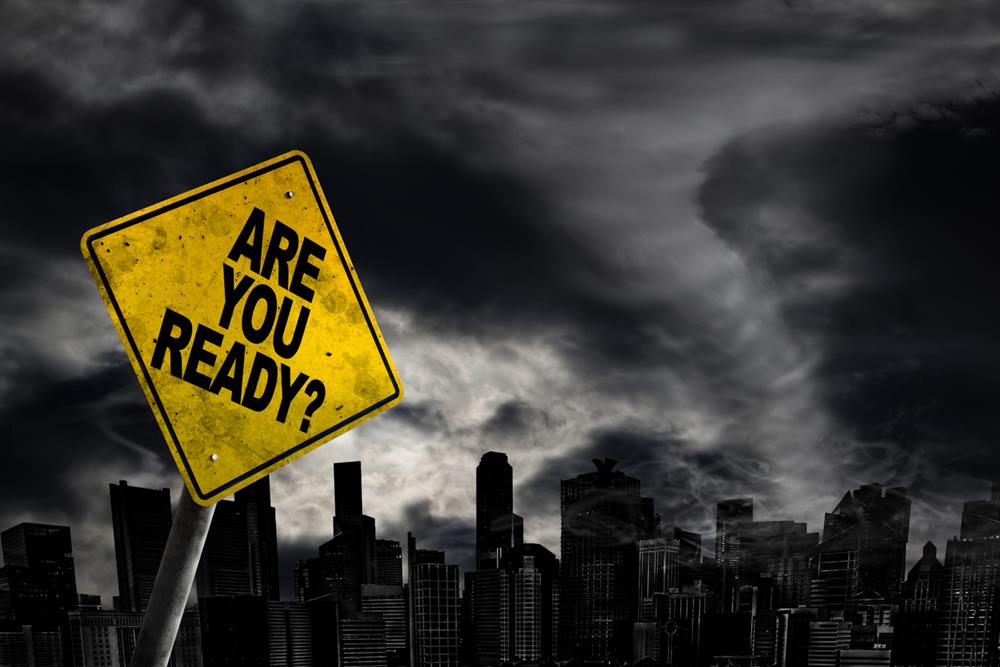
Living in a state with minimal tornado activity—such as Alaska, Hawaii, or Rhode Island—might offer peace of mind, but it doesn’t mean preparedness should be overlooked. Tornadoes, though rare in these regions, can still occur unexpectedly.
Here’s how to stay prepared, even in low-risk areas:
Know the Alerts
Learn the difference between a tornado watch (conditions are favorable) and a tornado warning (a tornado has been spotted or indicated by radar). Quick recognition of alerts allows you to act fast.Keep an Emergency Kit
Always have a stocked kit with essentials such as non-perishable food, water, flashlights, batteries, a first aid kit, and basic tools.Learn First Aid and CPR
In emergencies where help may be delayed, knowing how to administer first aid or perform CPR can be life-saving.Stay Informed and Involved
Participate in local preparedness drills and community safety programs. These help you practice responses and stay aware of your region’s emergency protocols.
Even in areas where tornadoes are statistically unlikely, a little preparation goes a long way. Being ready ensures you can respond effectively if the unexpected happens.

